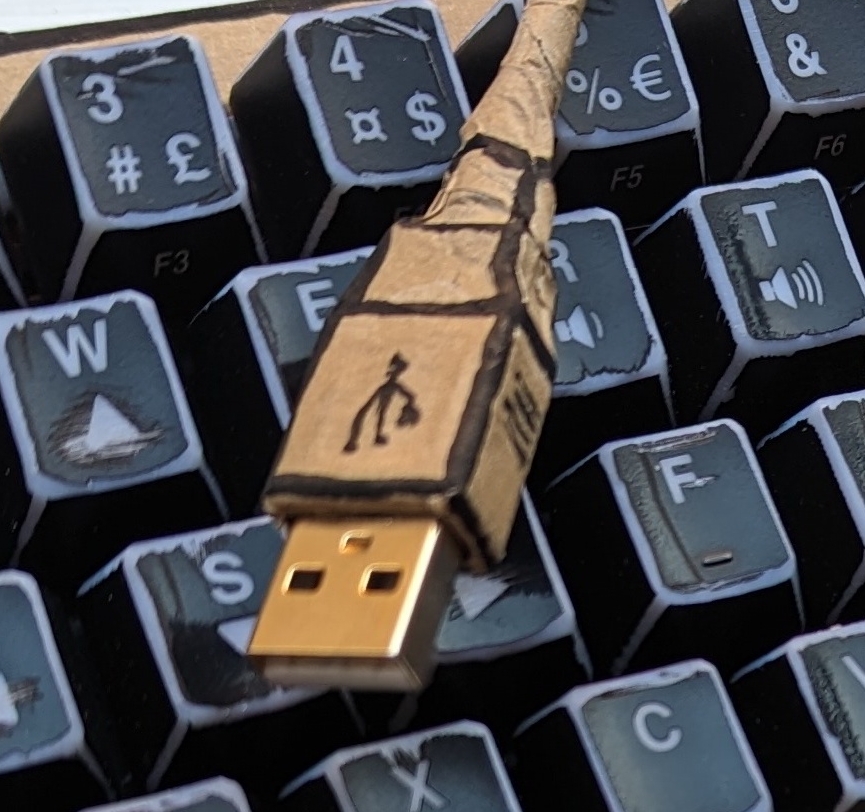No need to bend the legs, no need to do wire stripping. I did this in 30 minutes casually… I guess the full halve will take around 1 hour
Minimelf <3
The only case I’ve ever seen where they make sense!
What’s your approach to stripping the enamel from the wire?
a soldering iron at 360 degree celcius
deleted by creator
Is that using magnet wire to run the matrix? That small of guage seems like it will potentially break with some shock force (dropping a keyboard from a few centimeters on a wooden desk or something). Or is there a backplate supporting it?
yeah, they are quite delicate. I wanted to use thicker ones but it is hard to get thick magnet wires. I never tried dropping them so idk, I guess making them less tensioned would help a bit
It one does look thin. The smallest I’d go is 28awg.
Good to know, it looks very clean!
The diodes seem to be flying!
Practically, I guess assume you hold the diode to the pin, solder it, bring the wire to the diode and solder it. How do you hold the diode, the iron and the solder at the same time?
My guess is you pre tin the switch pin, get a blob of solder on your iron and have the diode in tweezers at the ready then put it all together. It only needs a small bead of solder (and flux).
yes this is how I did it!
Right! I can see how it would be fast then. “Just” tin all the pins, and when all the pins are tinned have your solder in a fixed position and then move your iron from solder to pin, stick the diode, and repeat. Cool!
The real secret is flux. As usual. Flux will always help.
I soldered on things yesterday doing this, but not tinning the pins first. I fluxed them instead. Then I just picked up solder on the iron tip, used that.
I don’t have much experience, so maybe this is too slobby, but for now, things are in place and connected.
wondering if it is faster for you?
Good question!




